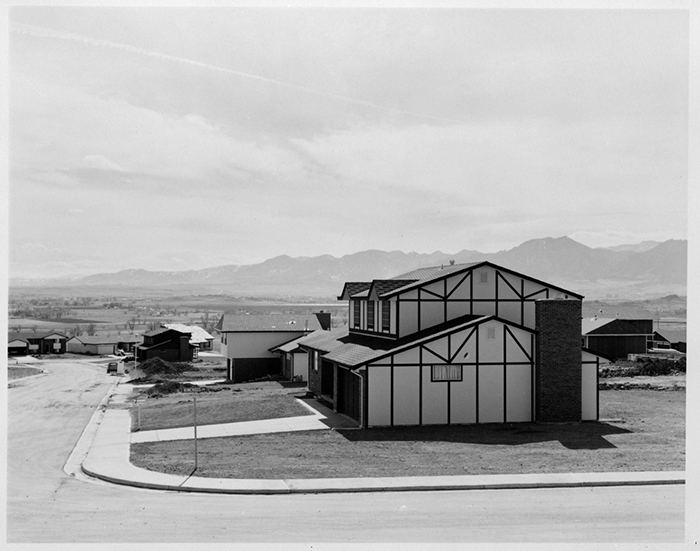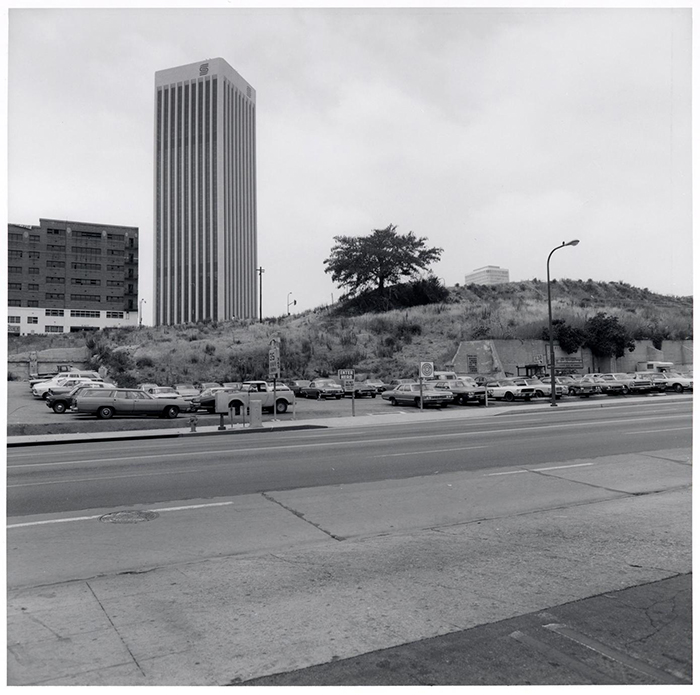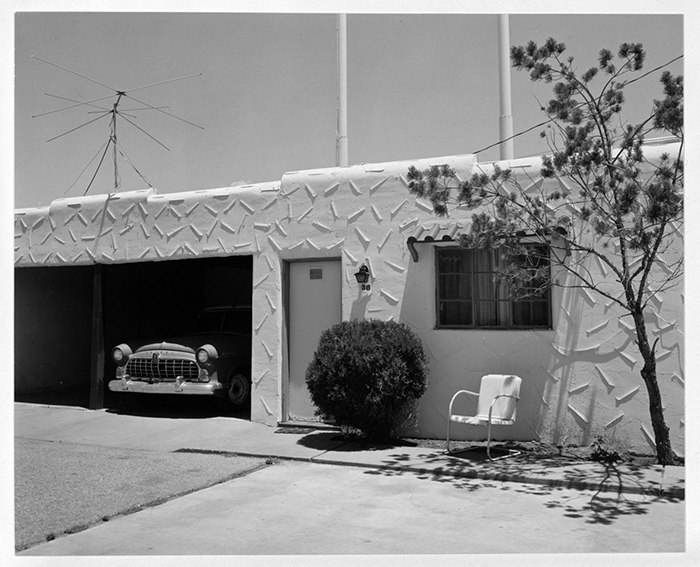The raise of urban landscapes had a major link between the new topographics. New topographics which is a term coined by William Jenkins in 1975 to describe a group of American photographers, such as Robert Adams and Lewis Baltz who would photograph urban landscapes. New topographics is similar to new objectivity, as it is a movement of a reaction to romanticism. Romanticism was born as a reaction to an opposing idea, realism, however new topographics was a reaction and opposing romanticism and showing realism through photography.
New topographics mean photographs of a man-altered landscape, like buildings, roads or vehicles. some examples of this are:




A lot of key figures of new topographics were: Robert Adams, Bernd and Hilla Becher, Lewis Baltz, Joe Deal, Frank Gohlke, Nicholas Nixon, John Schott, Stephen Shore, and Henry Wessel Jr.
Beginning in the 1920s, Ansel Adams cultivated an approach to landscape photography that posited nature as separate from human presence. Adams photographed scenery in a manner intended to provoke feelings of awe and pleasure in the viewer. Adams wanted his pictures’ viewers to feel as uplifted as he had when looking at the scenery in person. The environmental approach in his photography seeks to preserve exceptional landscapes and protect them from human intervention. By contrast, when visitors walked into New Topographics, they encountered subject matter that was all too commonplace, represented in an unfamiliar manner. What was both novel and challenging about New Topographics was not only the photographs’ content, but how they made viewers feel. By foregrounding, rather than erasing human presence, the photographs placed people into a stance of responsibility towards the landscape’s future. In conclusion new topographics was both a reflection of the increasingly suburbanised world around them, and a reaction to the tyranny of idealised landscape photography that elevated the natural and the elemental, it made people think about the reality of the urbanization and it’s effects on the natural world.
A lot of photographs include both “natural” landscape e.g. natural forms like hills, mountains, trees etc. and combining these with arcitectual, or man-made subjects like cars, buildings and so on.

Robert Adams is an American photographer who was focused on changing landscape photography, and he did this by his book called The New West as well as his exhibition New Topographics , this is what he got well-known and recognised for. He is a key artist that changed the landscape photography.
